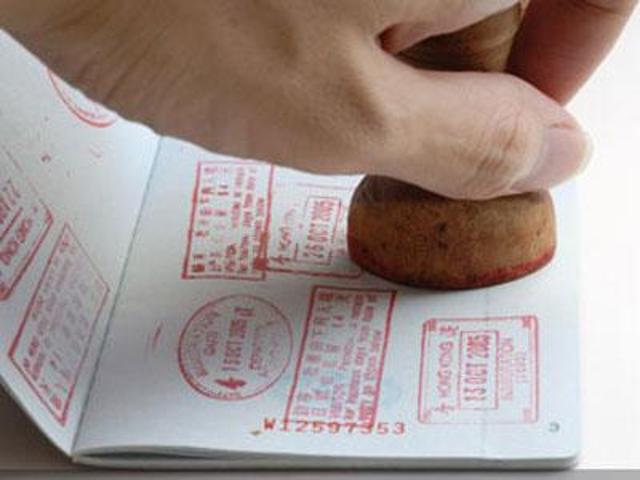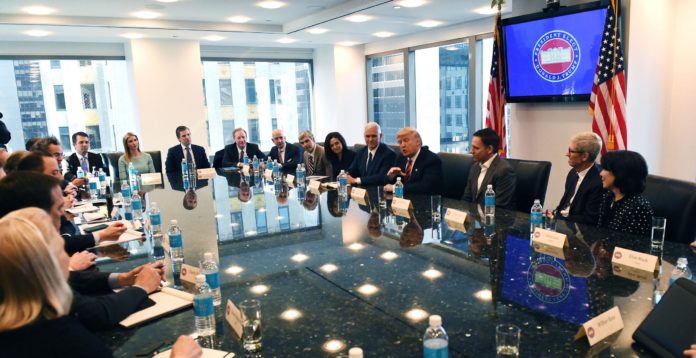The struggle period for Indian IT sector has just began which have their pathway straight from the US through H1B visas. With the altering norms, US has conspired a very smart move to set such arrangement that will retain the super talent in their country adding a helping hand in their growth factors. The H1B visa issue executive orders are likely to affect the chores of Infosys, Wipro and TCS to a great extent. The new norms will set the new beat for India’s brain drain culture.
Below are the aspects of H1B visa which underwent complete transformation in these many years:
1.How and When It Started:
The non-immigrant visa which allows the migrants to work there for at least 3 years was signed under The Immigration Act in the year 1990. Under the surveillance of president George W Bush, six years of complete stay was allowed with 3 years of extension period.
2. 2000: AC21 Act Came To Provide Convenience To Change Company
Under this act, an H1B visa holder could very easily switch his employer.
3. H1B Visa Grants Reduced With Consolidated Appropriations Act 2005
The usual H1B cap was reduced and an anti-fraud fees of $500 was introduced

4. ACWIA Act Boosted The Numbers Of H1B Visa Allocations:
During the presidency of Bill Clinton, the American Competitiveness and Workforce Improvement Act was introduced. During the years of 1999 to 2000, more number of H1B visas were allotted. To fund the basic fees, some amount was added to it.
5. To Reduce The Double-Dealing, Visa Reforms Act 2013 Was Introduced:
Under the surveillance of President Barack Obama, this act was introduced to eliminate the inconsistencies.
6. A Double Fold In H1B Visa Free With Consolidated Appropriation Act
The act came for companies having more than 50 employees. The fees for H1b visa doubles up to $4000 for these companies.












